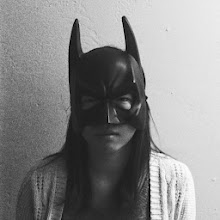"For months I followed strangers on the street. For the pleasure of following them, not because they particularly interested me. I photographed them without their knowledge, took note of their movements, then finally lost sight of them and forgot them."
"At the end of January 1980, on the streets of Paris, I followed a man whom I lost sight of a few minutes later in a crowd. That very evening, quite by chance, he was introduced to me at an opening. During the course of our conversation, he told me he was planning an imminent trip to Venice."

Sophie Calle, a French photographer, writer, and conceptual artist, decided to follow a man she barely met, "Henri B.," to Venice and photograph his everyday life. This project likens to situations where a predator stalks her prey, a private investigator on assignment, a secret admirer chasing after her target or even a tongue in cheek prank on a friend. Calle ran into a few problems while first arriving in Venice, as described in her diary entry like passages in Suite Vénitienne. The uncertainty of whether she'd find Henri B. in the city of Venice is quite clear:
"I know so little about him, except that he had rain and fog the first days, that he now has sun, that he is never where I search. He is consuming me."
The relationship between Calle's narration and her photographs helps the viewer visualize Callie's journey and in a sense transport the viewer to Venice alongside Calle. Whenever Calle felt as if she should give up on her project completely, her inner thoughts, written in italics, pushes her forward. Calle doesn't post photographs of everything she writes about, with the exception of photos of Henri B., which I think is quite fine. Her photographs to text ratio is acceptable.
Something that I found interesting about her images was that in every photo she takes of Henri B., it never captures his face. Even as they depart from the ferry together after Henri B. catches Calle following him, Henri B.'s face is obscured by his own hand. We're left with this mystery man whose back the audience can easily recognize as "Henri B."
















-1997-WEB.jpg)







